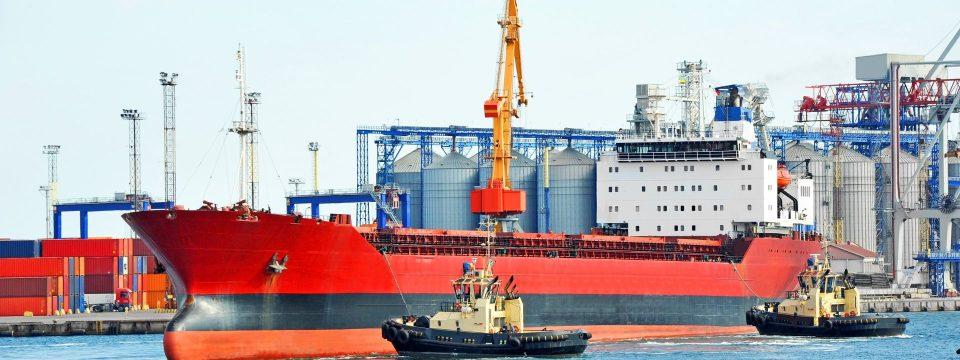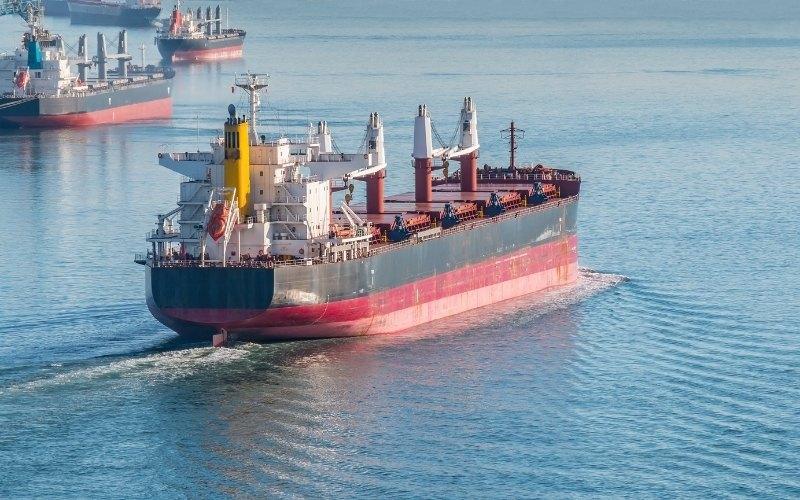In the vast expanse of international trade, break bulk vessel logistics stands as a silent hero, tirelessly transporting goods across the globe with precision and efficiency. From towering crates to heavy machinery, these specialized vessels ensure that no cargo is too big or too cumbersome to reach its destination. Join us as we delve into the world of break bulk shipping, exploring the intricacies of this essential mode of transport and the vital role it plays in keeping our interconnected world turning.
Understanding Break Bulk Vessels
Break bulk vessels are specialized ships designed to carry non-containerized cargo, making them essential for transporting oversized or heavy goods that cannot fit in standard containers. These vessels play a crucial role in global trade, facilitating the transportation of a wide range of commodities such as machinery, equipment, vehicles, and project cargo.
Break bulk vessel logistics involve careful planning and coordination to ensure the safe and efficient loading and unloading of cargo. Shipping companies rely on skilled professionals to oversee the entire process, from sourcing suitable vessels to arranging port operations and managing documentation. Understanding the intricacies of break bulk shipping is essential for businesses looking to transport their goods in a cost-effective and reliable manner.

Key Considerations for Break Bulk Vessel Logistics
When it comes to organizing the logistics for break bulk vessel transport, there are several key considerations that must be taken into account to ensure a smooth and efficient process. One important aspect to consider is the size and weight of the cargo being transported. Break bulk vessels are specifically designed to carry heavy and oversized cargo, so it is crucial to accurately assess the dimensions of the shipment to determine the best vessel for the job.
Another key consideration in break bulk vessel logistics is the route planning. Factors such as weather conditions, port availability, and transit times must be carefully evaluated to determine the most efficient and cost-effective route for the shipment. Proper scheduling and coordination with port authorities are also essential to avoid delays and ensure timely delivery of the cargo.

Efficient Transport Solutions for Break Bulk Shipping
When it comes to efficiently transporting break bulk cargo, it’s essential to have a well-planned logistics strategy in place. Break bulk vessels are a popular choice for transporting oversized and heavy cargo that cannot be containerized. These vessels are equipped to handle a wide range of cargo types, including machinery, construction materials, and project cargo.
One key aspect of break bulk vessel logistics is ensuring proper handling and loading of cargo to maximize space utilization and minimize the risk of damage during transit. By working with experienced shipping partners and utilizing specialized equipment such as cranes and forklifts, companies can streamline the loading and unloading process. Additionally, having a well-coordinated transport plan that includes pre-arrival notifications, customs clearance, and on-time delivery is crucial for the success of break bulk shipping operations.

Best Practices for Break Bulk Vessel Operations
When it comes to break bulk vessel operations, there are several best practices that can help ensure a smooth and efficient process. One key practice is to carefully plan and organize the cargo before loading it onto the vessel. This includes properly securing and stowing the cargo to prevent shifting during transit. Additionally, it is important to communicate effectively with all parties involved, including shippers, receivers, and port authorities, to coordinate the logistics of the operation.
- Proper Planning: Ensure that cargo is securely stowed and organized before loading.
- Effective Communication: Keep all parties informed and coordinate logistics to avoid delays.
Another best practice is to conduct regular safety inspections of the vessel and cargo throughout the operation. This includes checking for any signs of damage or wear on the vessel, as well as monitoring the condition of the cargo to ensure it remains secure. It is also important to comply with all relevant safety regulations and guidelines to prevent accidents and protect the cargo from damage.
- Regular Safety Inspections: Check vessel and cargo for any damage or wear.
- Compliance with Regulations: Follow safety guidelines to prevent accidents and protect the cargo.
Insights and Conclusions
In conclusion, the world of break bulk vessel logistics is a complex and exciting one, filled with challenges and opportunities for those in the shipping industry. From securing cargo to navigating international regulations, every aspect of transporting goods via break bulk vessels requires careful planning and expertise. As technology continues to evolve and trade routes shift, the future of break bulk shipping is sure to bring even more innovation and change. Stay tuned as we explore the latest trends and developments in this dynamic sector of the maritime world. Thank you for reading!
